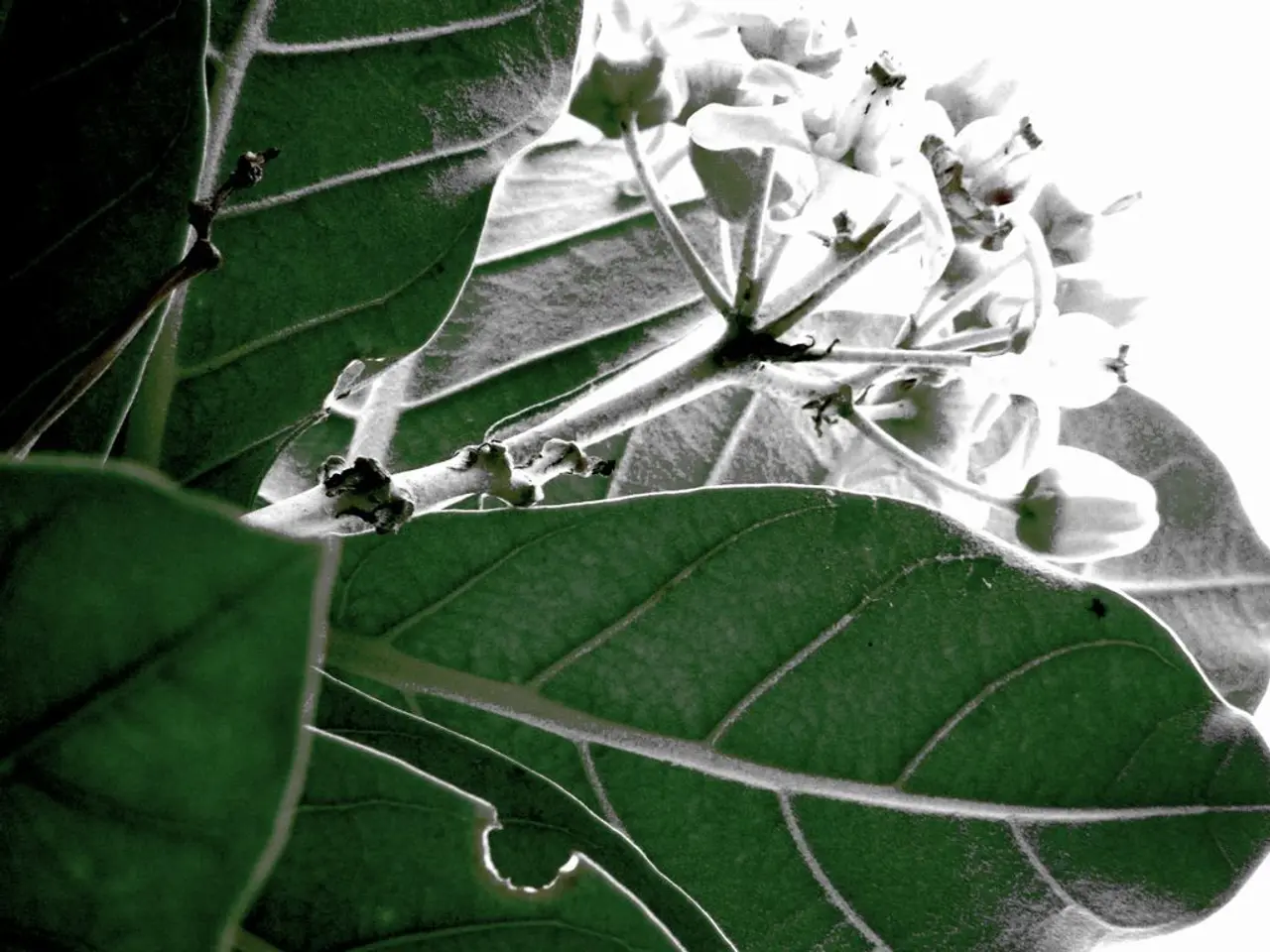Essential Steps for Preventing Overgrowth in Basil: Guidelines for Vibrant Development
In the world of gardening, few herbs are as popular as basil. Known for its aromatic leaves and versatile uses in pesto, salads, and more, basil is a staple in many kitchens. To ensure your basil thrives and produces maximum leaf production with optimal flavor, follow these best pruning practices.
Start pruning your basil plant early, when it is about 6–8 inches tall and has at least 6–8 leaves. This encourages bushier growth instead of tall, leggy stems. Prune by cutting just above a leaf node or pair of leaves, which will stimulate the plant to grow side shoots, making it fuller and more productive.
Regular pinching or snipping of the stem tips is crucial for promoting branching and more leaf production. This practice should continue throughout the growing season, even if you are not immediately harvesting leaves. However, avoid removing more than one third of the plant height or mass at once to prevent stressing the plant.
Promptly remove any flower buds that appear, as flowering directs energy away from leaf production and results in smaller, less flavorful leaves. When picking leaves for use, take the larger leaves at the bottom first to allow the plant to focus energy on new growth at the top.
Pruning should be done regularly, but not all leaves should be pruned at once. Instead, make slight angle cuts to encourage proper water runoff and avoid rot. After pruning, keep the soil consistently moist but not waterlogged. Using sharp pruning shears is recommended for clean cuts that help the basil plant heal better.
Mulching around the basil plant's base helps retain moisture, while pruning during cooler temperatures in the morning or evening is ideal. Watering the basil plant before pruning also helps prevent shock. After pruning, consider applying a light, liquid fertilizer to encourage quick recovery and leafy growth.
Regular pruning helps the plant grow bushy and healthy, preventing it from bolting, or going to seed and producing less tasty leaves. Prune basil before the first frost arrives and leave enough leaves to protect the plant during the cold period.
Basil tends to bolt and produce white flowers in high temperatures, signaling it's time to prune. Composting the stems after pruning helps keep the garden cycle going. With these guidelines, your basil will flourish, providing you with aromatic, flavorful leaves throughout the growing season.
Larry Meyers, with over 10 years of lawn and landscaping experience, aims to share his knowledge about gardening and create a one-stop shop for gardening information and needs. Basil is a popular herb for gardening, whether grown in a pot or garden bed, and thrives in well-drained soil. A grow light can be used indoors to substitute natural light, while pruned basil can be dried, frozen, or used fresh. Herb snips or scissors offer precision cutting of smaller basil stems.
Happy pruning!
Start pruning your basil, which thrives in home-and-garden settings, early in its growth phase to encourage bushier growth. Regular pruning, following the guidelines given, will help maintain a lifestyle of steady basil-infused meals and continue the garden cycle by composting pruned stems.




